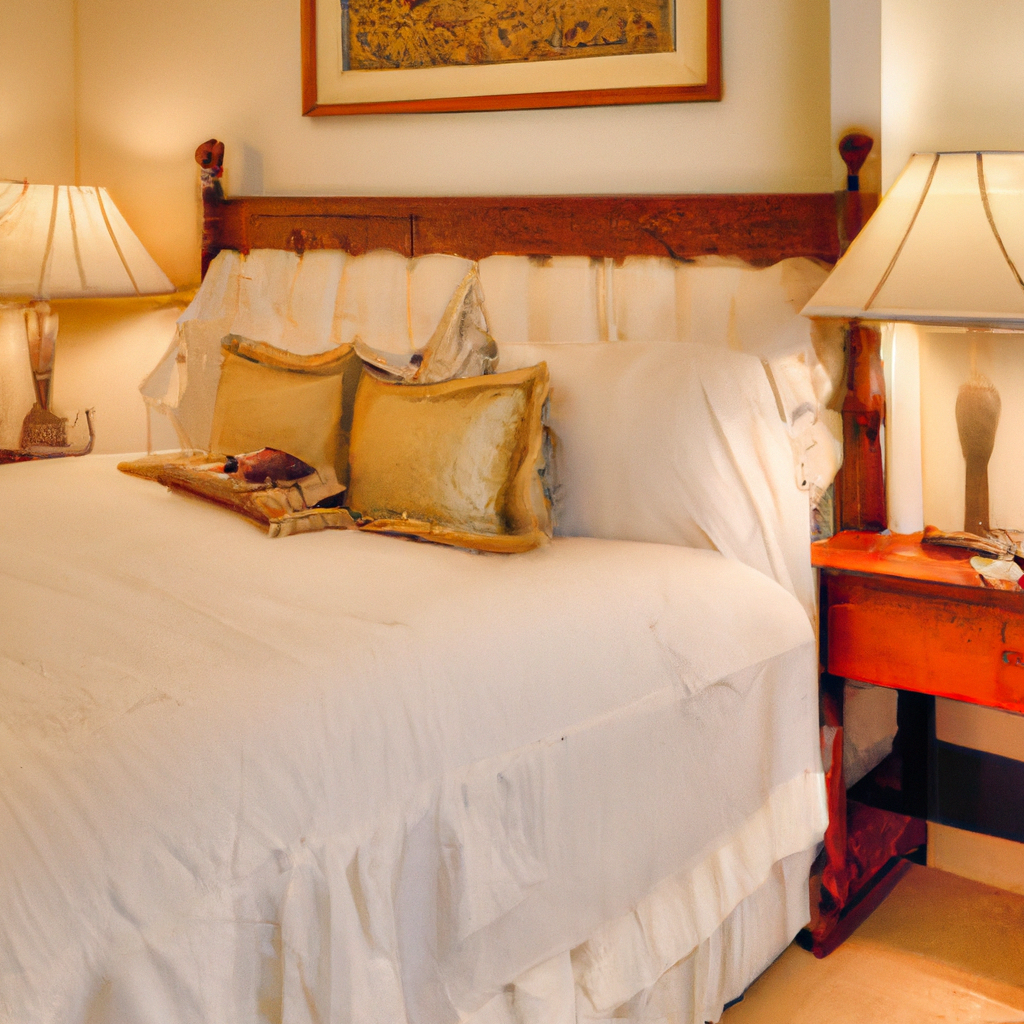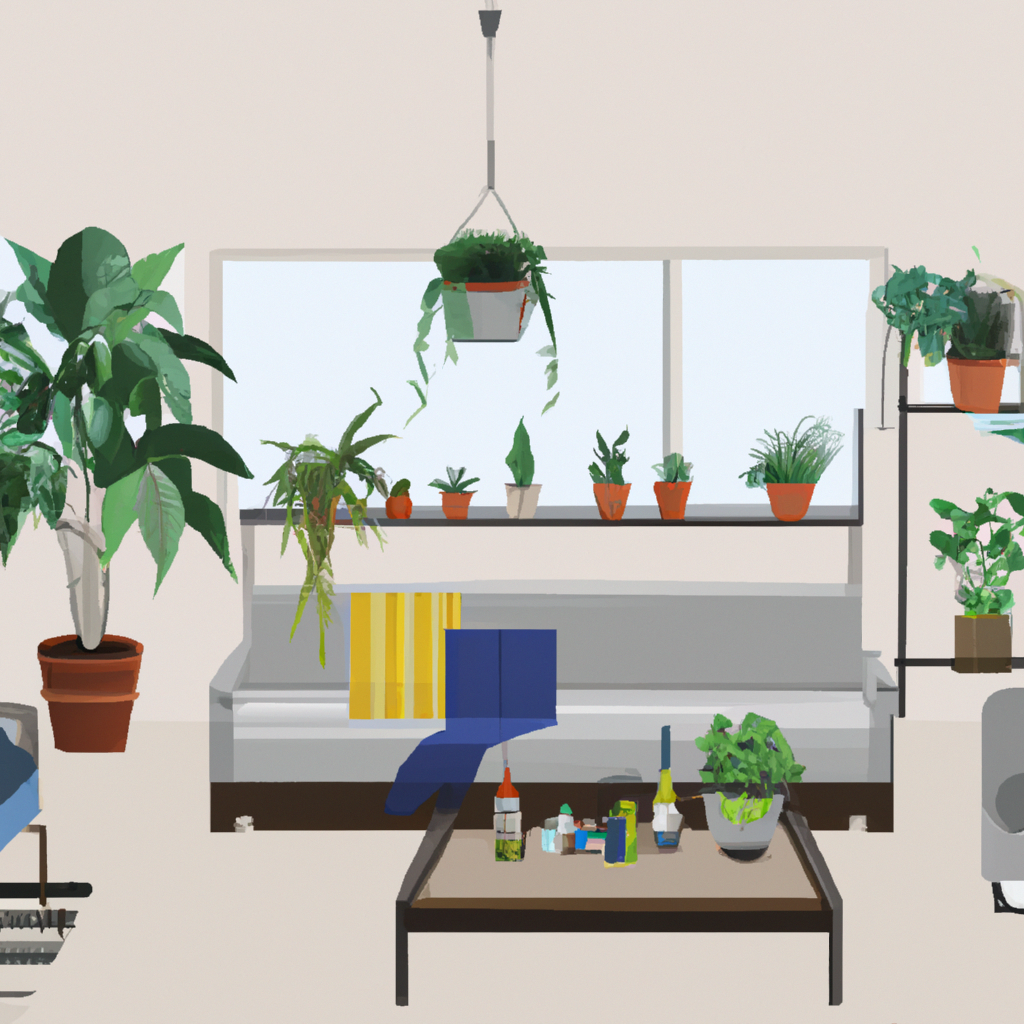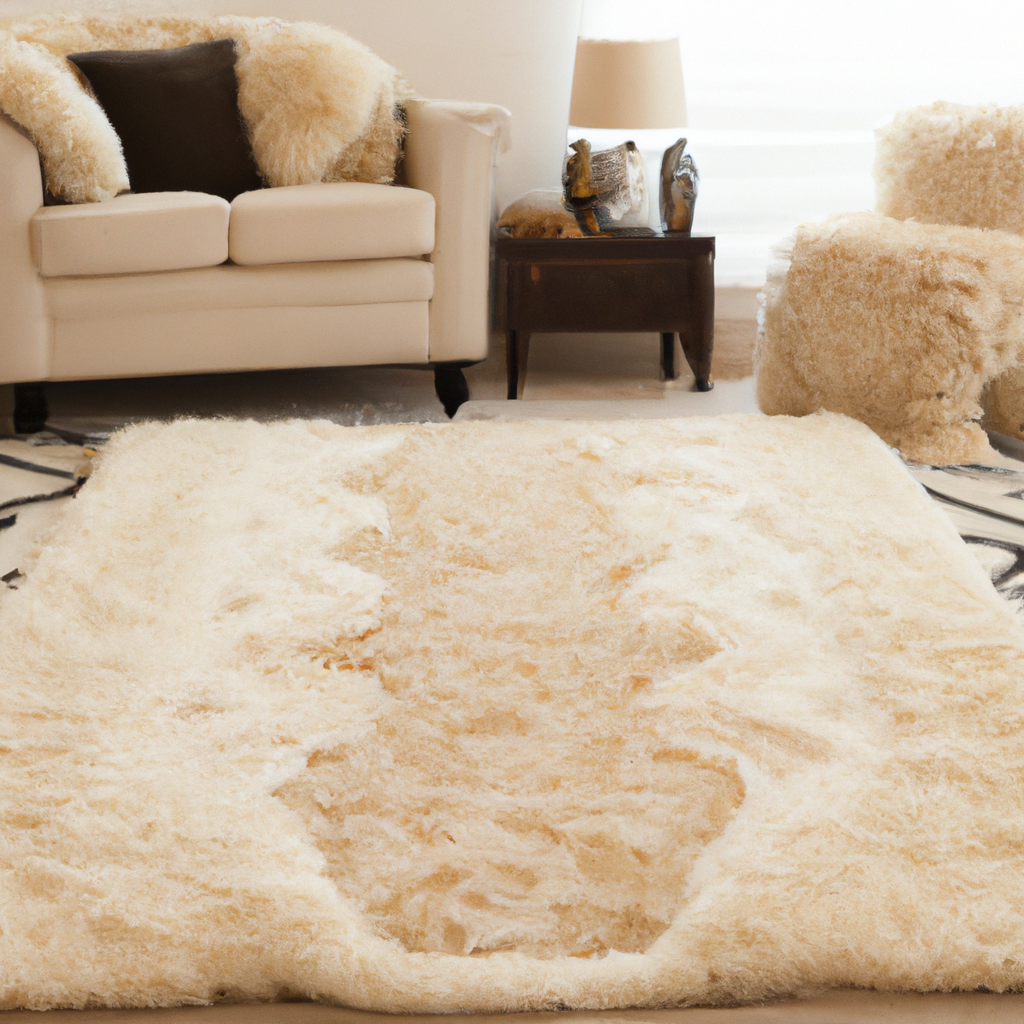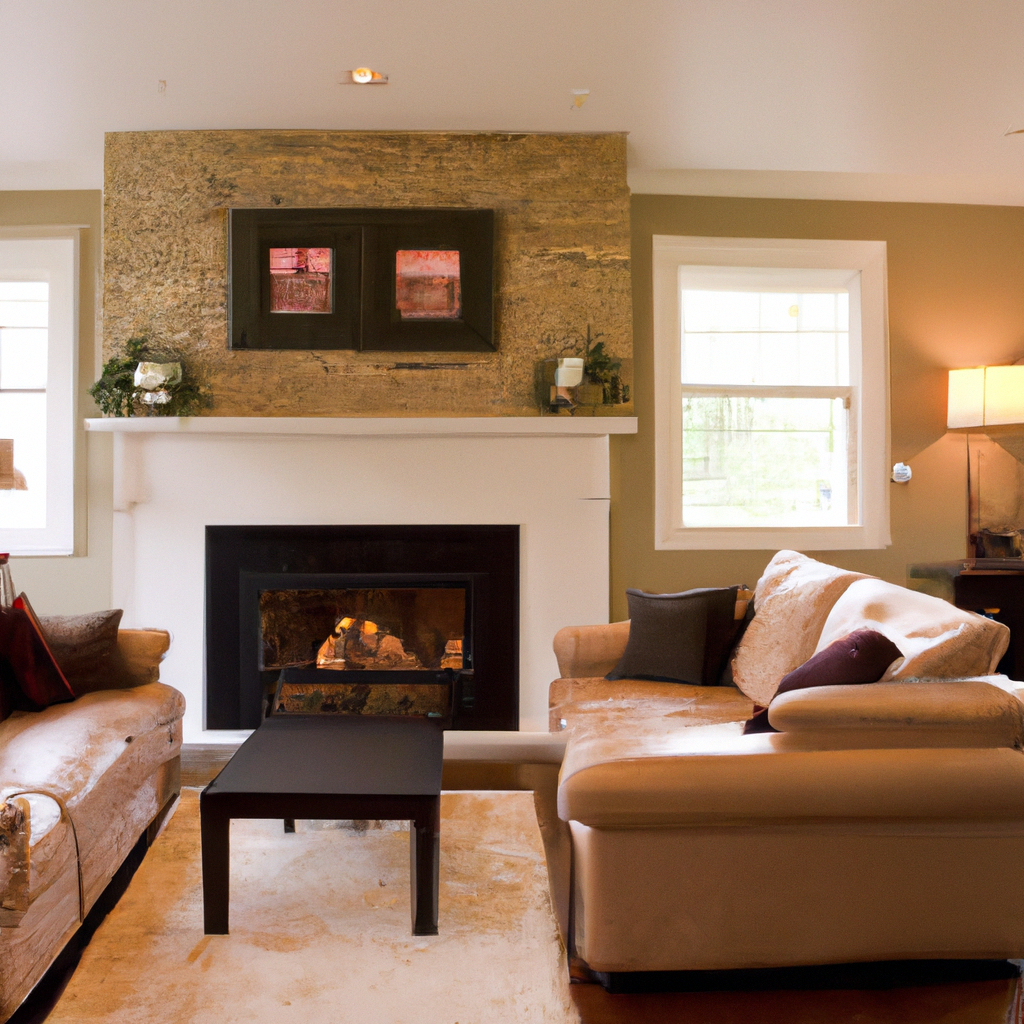Curtains can drastically transform the look and feel of your living room, but with so many options available, it can be overwhelming to make the right choice. Fear not, as this article will guide you through selecting the perfect curtains to enhance your living space.
Understanding the Purpose of Curtains in Your Living Room
Before diving into the world of curtains, it’s essential to understand their primary functions.
Privacy and light control
Curtains provide privacy by shielding your living room from prying eyes. They also regulate the light entering the space, creating the desired ambience.
Insulation and energy efficiency
Curtains can act as insulators, keeping your living room warm during winter and cool during summer, ultimately reducing energy consumption.
Aesthetic appeal and design
Curtains contribute significantly to the overall design of your living room, adding colour, texture, and visual interest.
Assessing Your Living Room’s Needs
Consider these factors when evaluating your living room’s requirements:
Light requirements
How much natural light do you want in your living room? Do you prefer a bright and airy space or a cosy and dimly lit ambience?
Space and layout
The size and layout of your living room can influence the type and style of curtains you choose. Large windows or open floor plans may require different curtain styles than smaller, more enclosed spaces.
Existing colour scheme and design elements
Consider your living room’s current colours and design elements, such as furniture, artwork, and accessories, to ensure your curtains complement and enhance the overall aesthetic.
Curtain Styles and Types
There are various curtain styles and types to choose from, each with its unique characteristics:
Tab top and eyelet
Tab top and eyelet curtains feature evenly spaced loops or grommets along the top edge. These styles allow for easy installation and smooth gliding on a curtain rod. They are suitable for casual settings and contemporary living room designs.
Pencil pleat and pinch pleat
Pencil pleat curtains have tightly gathered creases along the top edge, while pinch pleat curtains have evenly spaced, pinched pleats. Both styles create a more tailored, elegant look and are perfect for formal living rooms.
Goblet and rod pocket
Goblet curtains have decorative, goblet-shaped pleats at the top, while rod pocket curtains have a fabric channel through which the curtain rod is threaded. These styles are ideal for traditional or opulent living room settings.
Choosing the Right Fabric
The fabric you choose for your curtains is crucial in their appearance, functionality, and longevity.
Linen and cotton
Linen and cotton fabrics are lightweight and breathable, making them ideal for a light, airy ambience. They drape beautifully and work well in casual or contemporary living rooms.
Velvet and silk
Velvet and silk fabrics offer a luxurious and opulent look. They have excellent insulating properties and can create a dramatic statement in formal or traditional living rooms.
Sheer and blackout fabrics
Sheer fabrics provide privacy while allowing natural light to filter through. They are perfect for layering with heavier curtains or use in bright, open living spaces. On the other hand, blackout fabrics block out light completely and offer maximum privacy, making them suitable for media rooms or living spaces that require light control.
Colour and Pattern Considerations
Keep these points in mind when selecting the colour and pattern for your curtains:
Complementary and contrasting colours
Choose curtain colours that complement or contrast your living room’s existing colour scheme. For a harmonious look, opt for shades within the same colour family. Alternatively, create a bold statement with contrasting colours.
Bold patterns vs subtle designs
Bold patterns can add visual interest and energy to a living room, whereas subtle designs provide a more understated, elegant touch. Consider the overall style and atmosphere you wish to create before selecting a pattern.
Selecting the Appropriate Curtain Length
Curtain length can significantly impact the look of your living room:
Sill, below the sill, and floor-length curtains
Sill and below-sill curtains offer a more casual and practical look, while floor-length curtains create an elegant, elongated appearance.
Puddle and tailored styles
Puddle curtains have extra fabric that pools on the floor, creating a romantic and luxurious effect. Tailored curtains, on the other hand, are cut precisely to the floor, offering a crisp and clean finish.
Curtain Hardware and Accessories
Curtain hardware and accessories can enhance your living room’s overall design:
Curtain rods and tracks
Choose curtain rods or tracks that complement your living room’s style and existing hardware. Options include decorative rods, sleek tracks, or concealed systems.
Tiebacks and holdbacks
Tiebacks and holdbacks are functional and decorative accessories that keep your curtains neatly gathered when open. They can be made from fabric, rope, or metal and are available in various styles to match your living room’s décor.
Measuring Your Windows for Curtains
Proper measurements ensure your curtains fit and function correctly:
Width and length measurements
Measure the width of your window, including any overlap or returns, and the desired length of your curtains, accounting for the height of your curtain rod or track.
Accounting for hardware
Ensure your measurements consider additional hardware, such as finials or brackets, to guarantee a perfect fit and seamless installation.
Installation Tips and Tricks
To achieve the best results when hanging your curtains, keep these pointers in mind:
Hanging curtains correctly
Install your curtain rod or track at the appropriate height, typically 10-15 cm above the window frame. For an illusion of taller windows, mount the hardware even higher.
Ensuring functionality and ease of use
Check that your curtains open and close smoothly, and make any necessary adjustments to the hardware or curtain panels to ensure optimal functionality.
Conclusion
Choosing the right curtains for your living room can be a delightful experience considering the factors outlined in this guide. By understanding the purpose of curtains, assessing your living room’s needs, selecting the appropriate style, fabric, colour, and length, and paying attention to hardware and installation details, you can create a stunning living space that reflects your style and meets your functional requirements.
FAQs
- How do I clean and maintain my curtains? Regular dusting, vacuuming, or gentle shaking can help keep your curtains looking fresh. Check the care instructions on the curtain label for washing and drying guidelines, as different fabrics have varying requirements.
- Can I layer different curtain styles and fabrics? Yes, layering curtains are an excellent way to add depth, texture, and versatility to your living room. For instance, pair sheer curtains with heavier drapes for a balanced light control and privacy blend.
- How do I choose the right curtain width? To create a full, gathered look, the total width of your curtain panels should be at least 1.5 to 2 times the width of your window. Opt for a wider width closer to the actual window measurement for a more tailored appearance.
- Do I need to use a curtain lining? Curtain linings can enhance the functionality and appearance of your curtains by providing additional insulation, light control, and privacy. They can also help protect delicate curtain fabrics from sun damage.
- What if my living room has multiple windows or unique architectural features? In such cases, consider consulting with a professional interior designer or curtain specialist to ensure your curtains harmonise with the unique aspects of your living room while meeting your functional needs.






